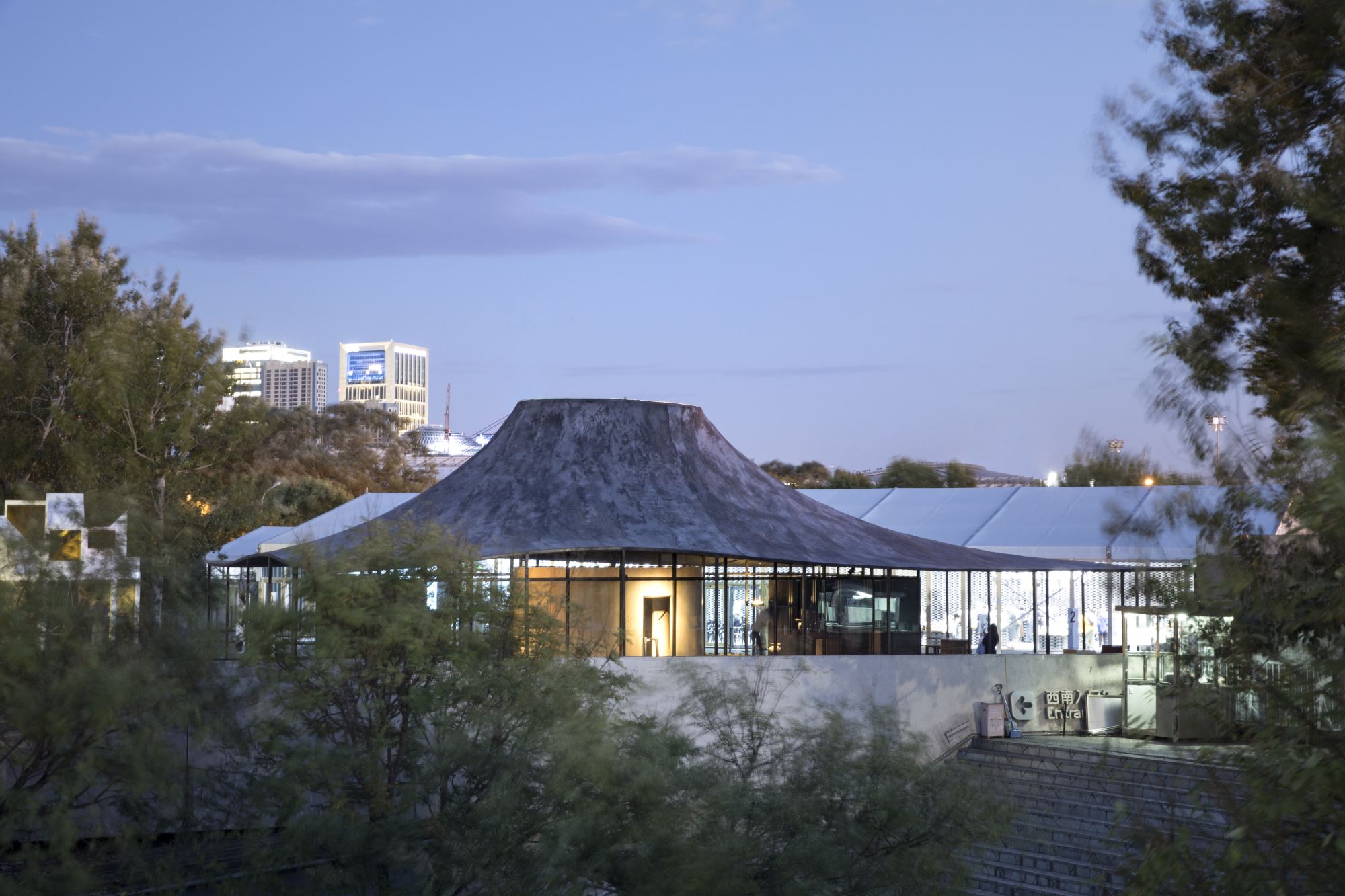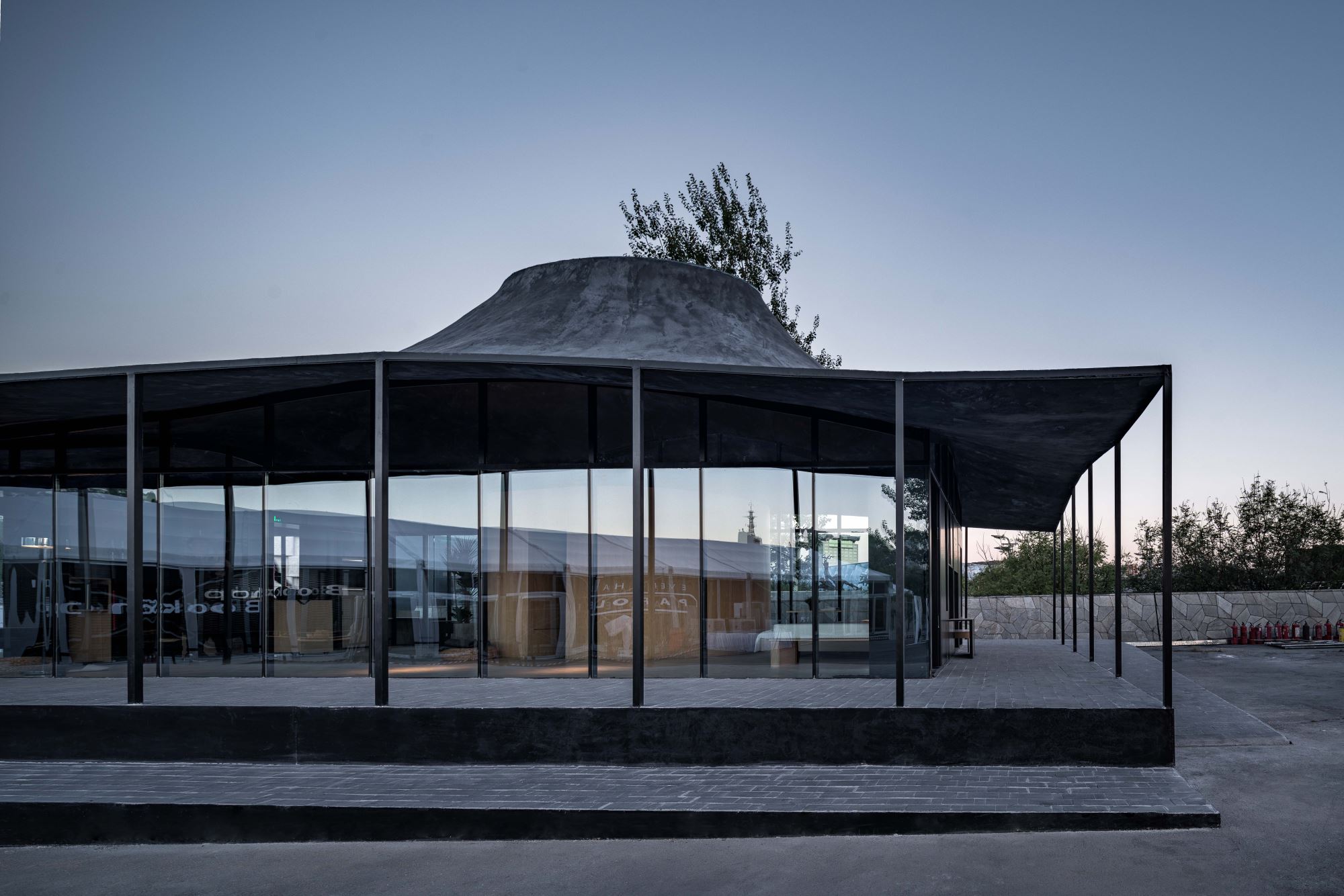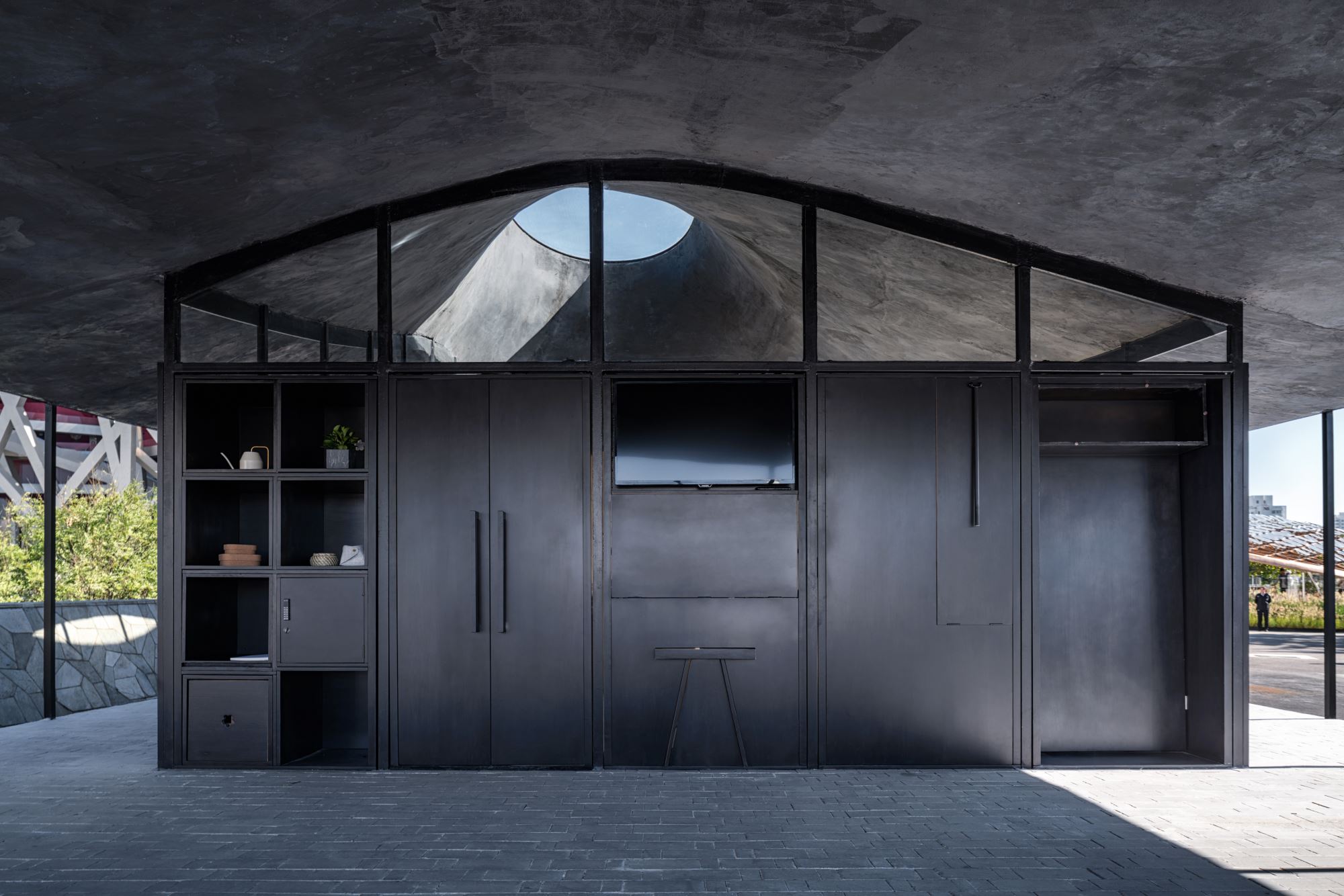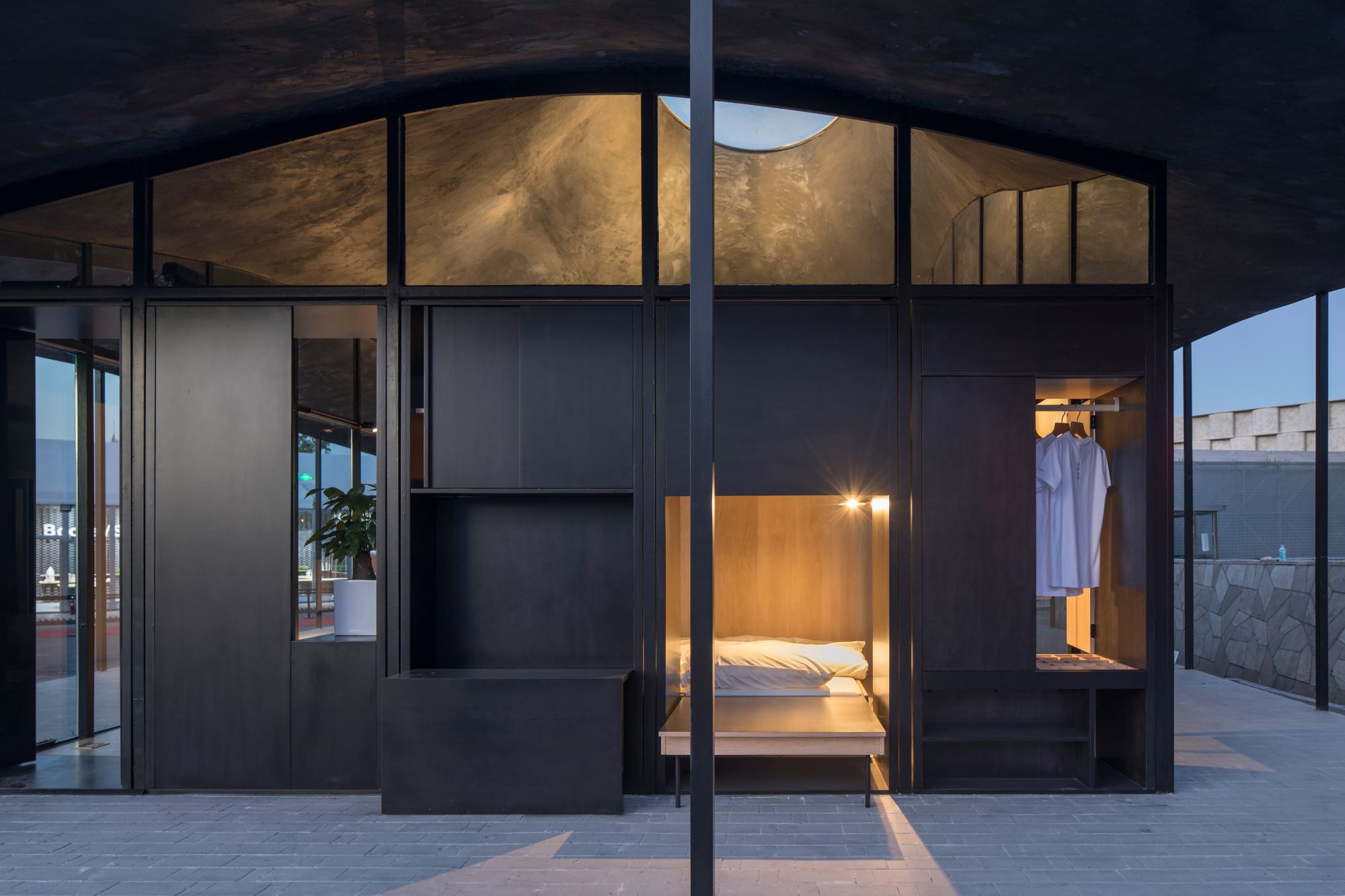Because of housing shortages before the 1980s, living spaces in China were mostly collective. Kitchens lined up along the halls, public bathrooms, and bottles of laundry detergent are almost considered the rudiments of shared space today. Despite their unsatisfying spatial conditions, however, Chinese families still enjoyed colorful, neighborly relationships. In housing construction after the 80s, communal space was minimized so as to obtain as much private space as possible. The living patterns within apartments, where one elevator leads to two households on each floor, result in alienation among neighbors. With the rising popularity of social media networks in recent years, interpersonal interactions have become an indispensable part of the daily lives of the new generation, and relationships among people are currently being redefined.
Dwelling has already long become part of the human body. If one thinks about it, one may discover that the deeper structure of human construction has remained unchanged. From the original shed of Laugier to Chinese wooden architecture, which has been inherited over more than four thousand years, and along to modern housing like the Farnsworth House by Mies, the elements for construction of a building can always be simplified into the three parts that compose the Chinese character “舍” (she) - 亼(rooftop), 屮(beam/support), and 囗(foundation/wall). Apparently, the history of human construction has far surpassed that of written characters. The composition of “亼屮囗” has almost become a root metaphor that can transcend different cultures. The design of House ATO is a minimalist interpretation of these three elements. It is an application of a precise, contemporary structure, with 5 cm * 5 cm slender square pillars and an ultrathin rooftop of 5 cm thickness. Technology has brought changes of form but not of the fundamental structure of space. The changes in ways of living, nevertheless, are presented on the surface of the house. Ten interchangeable furniture boxes are pushed to the outermost layer of the living space and become part of the building envelope, which implies the increasing openness of modern living space.
The space is divided into three layers from the outside to the inside: open and outward spaces under the eaves, flexible furniture that can be opened or closed, and the most private space for the bathroom. In the daytime, the space under the eaves or the extended furniture space can turn into cafes, ramen restaurants, barbershops, conference rooms, etc. It returns to being an intimate home at night when all boxes are closed and living components are unfolded. It is the furniture carrying the personalities and life definitions of the residents, and a communal space in itself as well, just like the collectiveness carried by the character “舍”(She): “Settling in the city, means She.”










 loading......
loading......